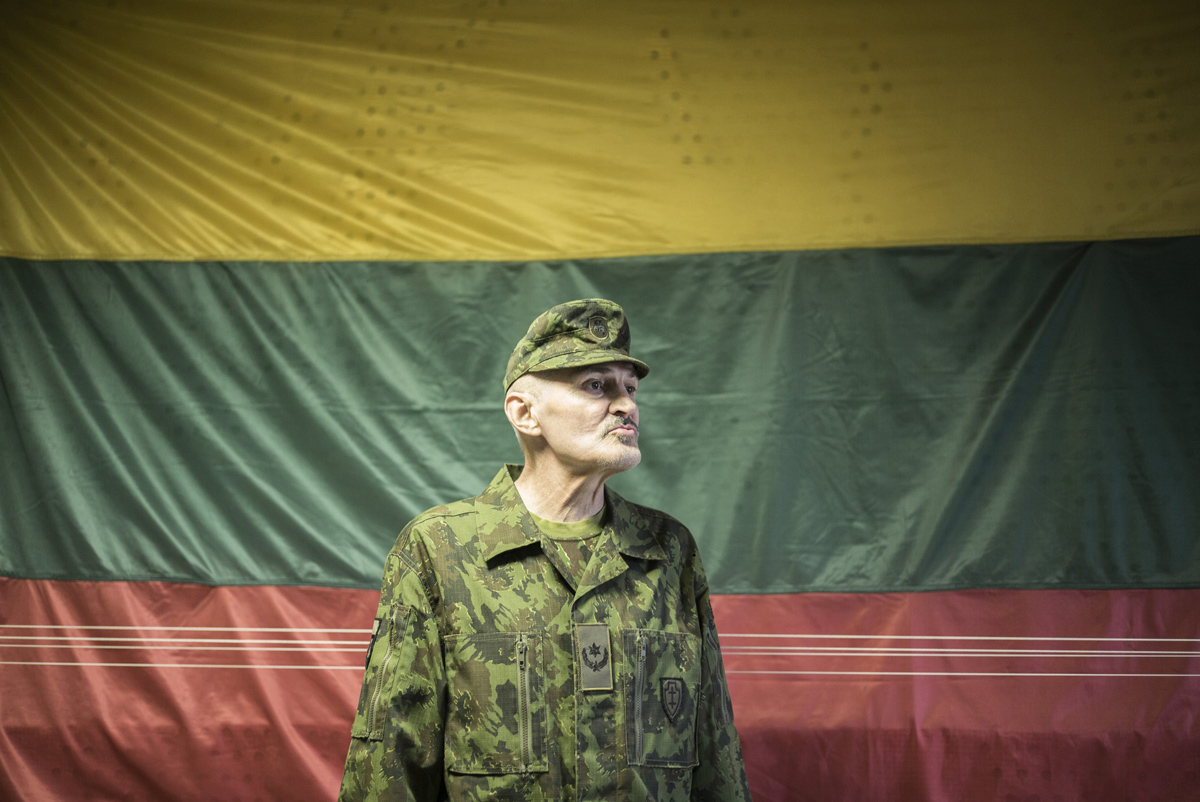#HTE
These Baltic Militias Are Readying For War With Russia (17 photos)
You’re driving down a dirt road near the village of Misa, Latvia, roughly 32 miles south east of Riga, when suddenly a dozen youngsters emerge from the woods. They’re dressed in military garb, and their faces are painted green and brown; they wear tree branches around their heads and arms—camouflage. They’ve just finished a training simulation: liberating a hostage from enemy soldiers. They are members of the Youth Guard, a section of Latvia’s National Guard. With its more than 8,000 volunteers, it is the country’s largest paramilitary group.
Tomaso Clavarino is an Italian documentary photographer who spent nearly a month reporting from Eastern Europe and the Baltic states. Between April and June of this year, he followed several Baltic paramilitary groups, including the Lithuanian Lietuvos Šaulių Sąjunga (“Riflemen’s Union”), the Estonian Defense League, and the National Guard, which was recently folded into Latvia’s 1,500-strong National army. While these groups have existed for decades, their ranks have swelled in recent years in response to Russian aggression.
Among the paramilitary volunteers are bikers, ex-soldiers, hunters, and stockbreeders. Each group has its own division dedicated to training young men and women in military tactics and patriotism; some volunteers are as young as 12 years old. These groups insist they are apolitical. They seek to defend their borders and train the warriors of tomorrow to prepare for whatever Putin has planned next.

https://www.theatlantic.com/photo/2017/11/baltic-anti-russian-militia/545465/
